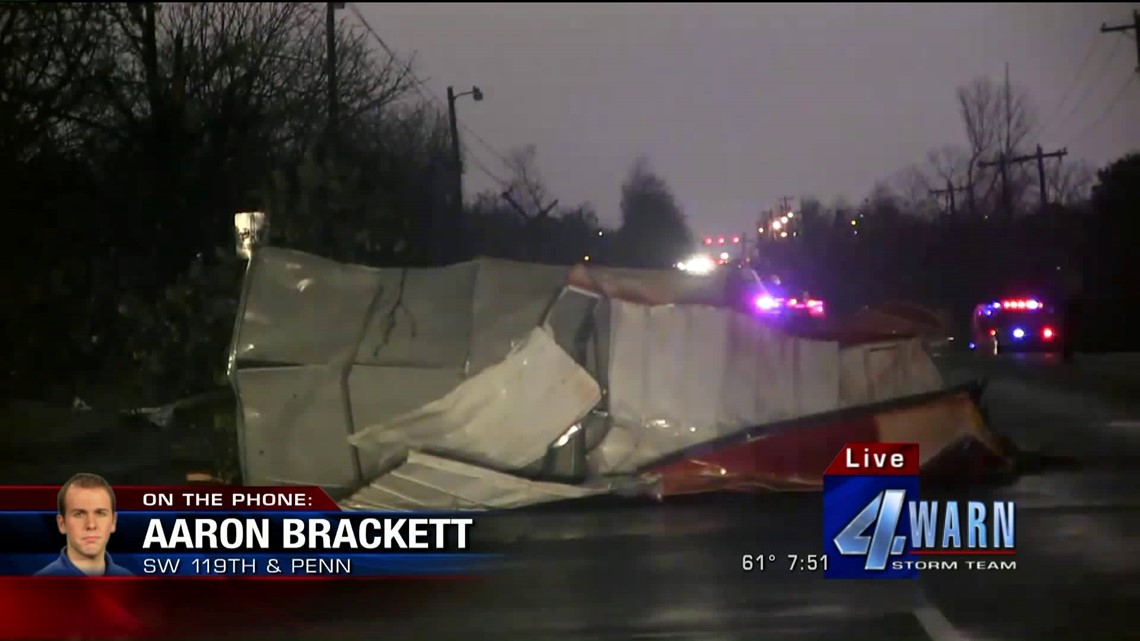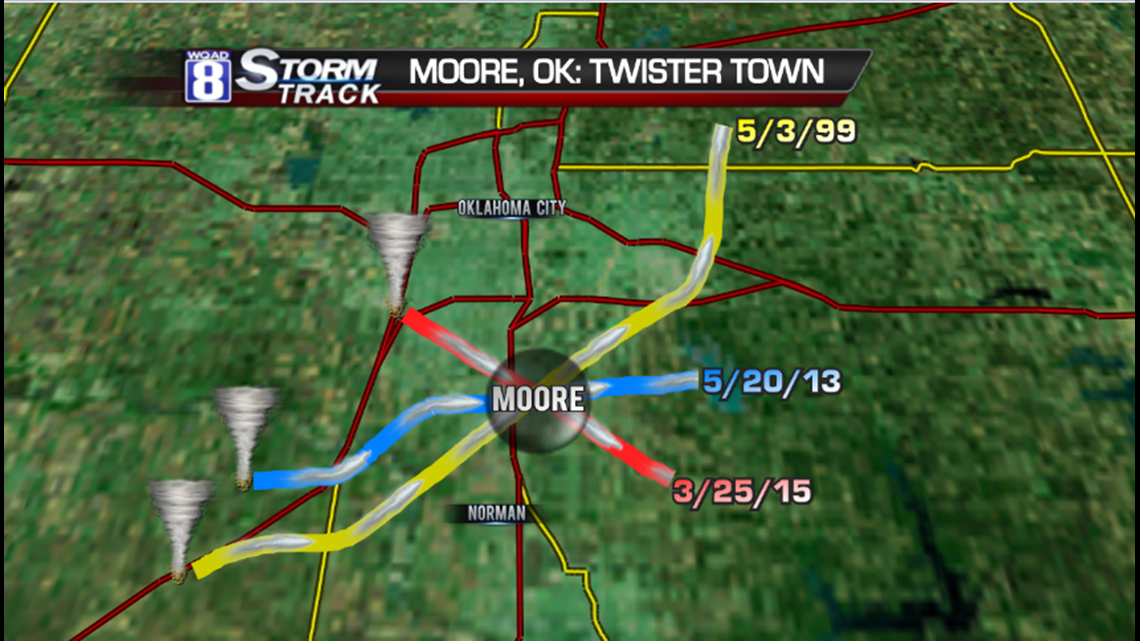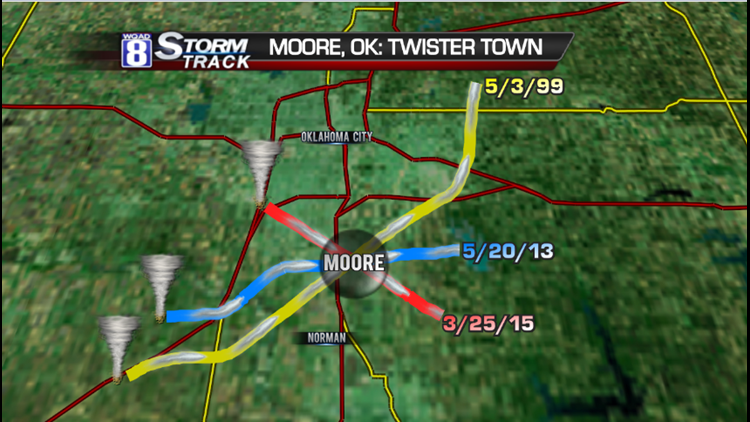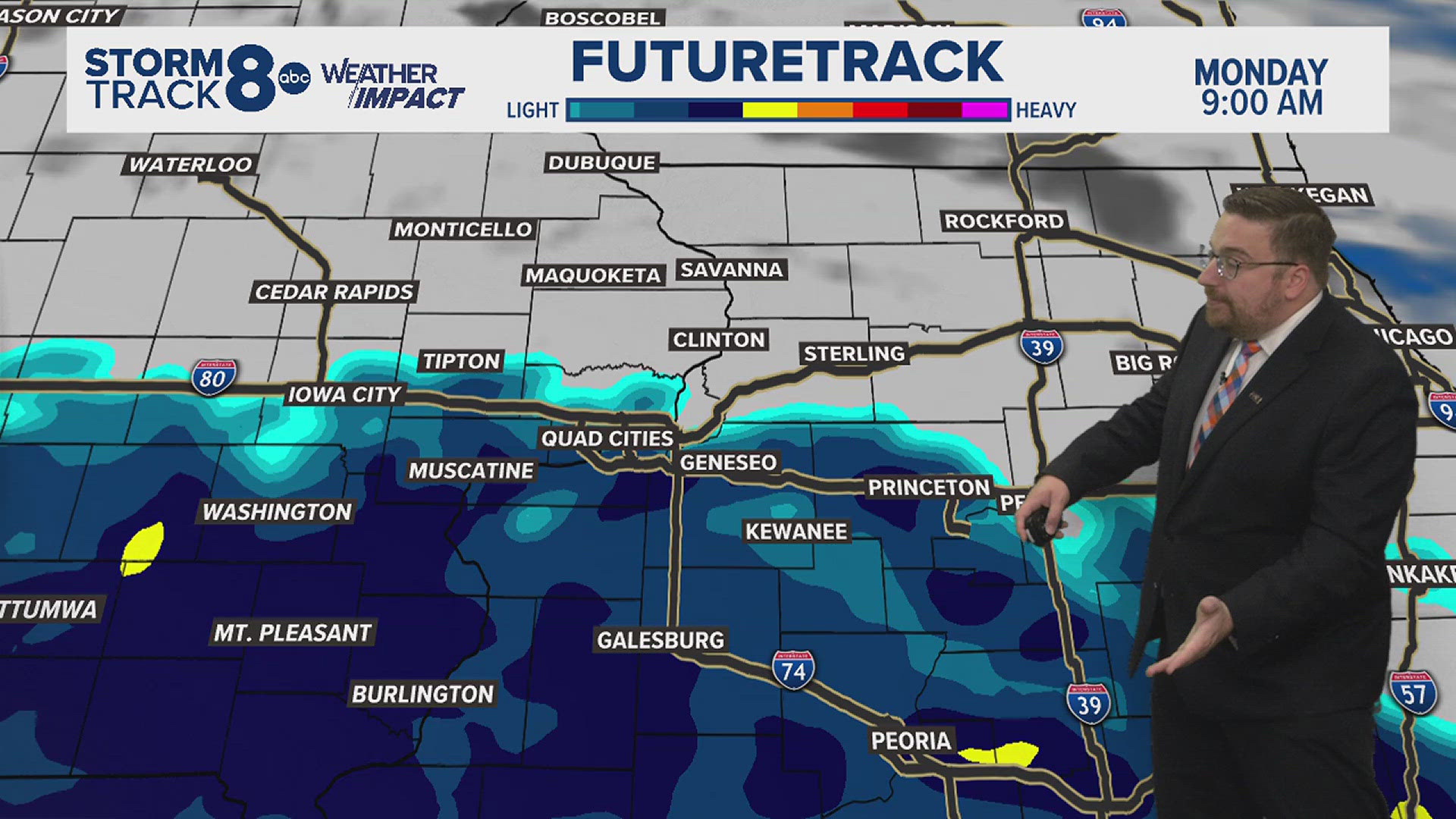It’s not often that the name of a city with a population of 50,000 is as recognized as Moore, Oklahoma. Sadly, the city came to national attention on May 3, 1999 when an F-5 tornado ravaged much of the city. Several dozen people died and damage estimates totaled a billion dollars in the surrounding areas.
Like the center dot on the center of an electronic dart board, no one expected it to be hit again so soon. Life was back to normal for most people when another killer tornado struck Moore on May 20, 2013. Since the 1999 tornado, the classification scale changed, but the results were the same. This was on the highest end of the damage scale: EF-5. But this time, the results were different. While injury/fatality estimates soared initially, the number of those killed was revised down to 24. It is believed more people took shelter and buildings that were damaged or destroyed 14 years earlier were built to better standards.


As the population of cities continues to grow, there is an increased chance of deadly and destructive tornadoes hitting the urban sprawl. But cities like Indianapolis, St. Louis, and Kansas City are at more risk than places like Moore. Because of construction and education Moore, Oklahoma isn’t as dangerous a place as it used to be. Preparedness is the key to making these weather events survivable and less costly.





